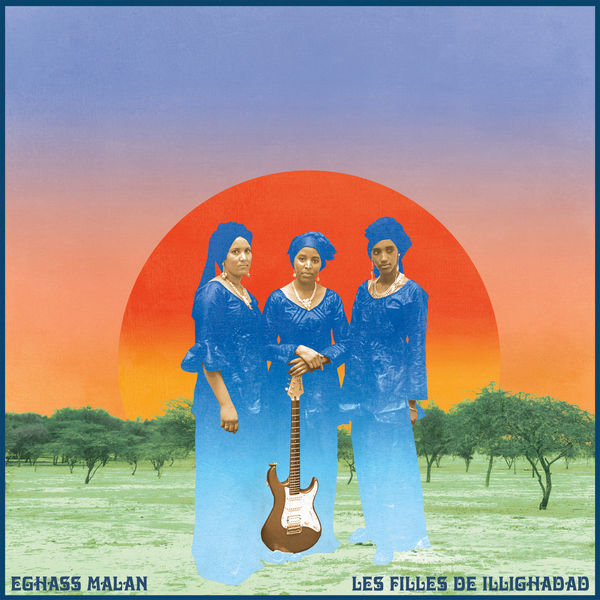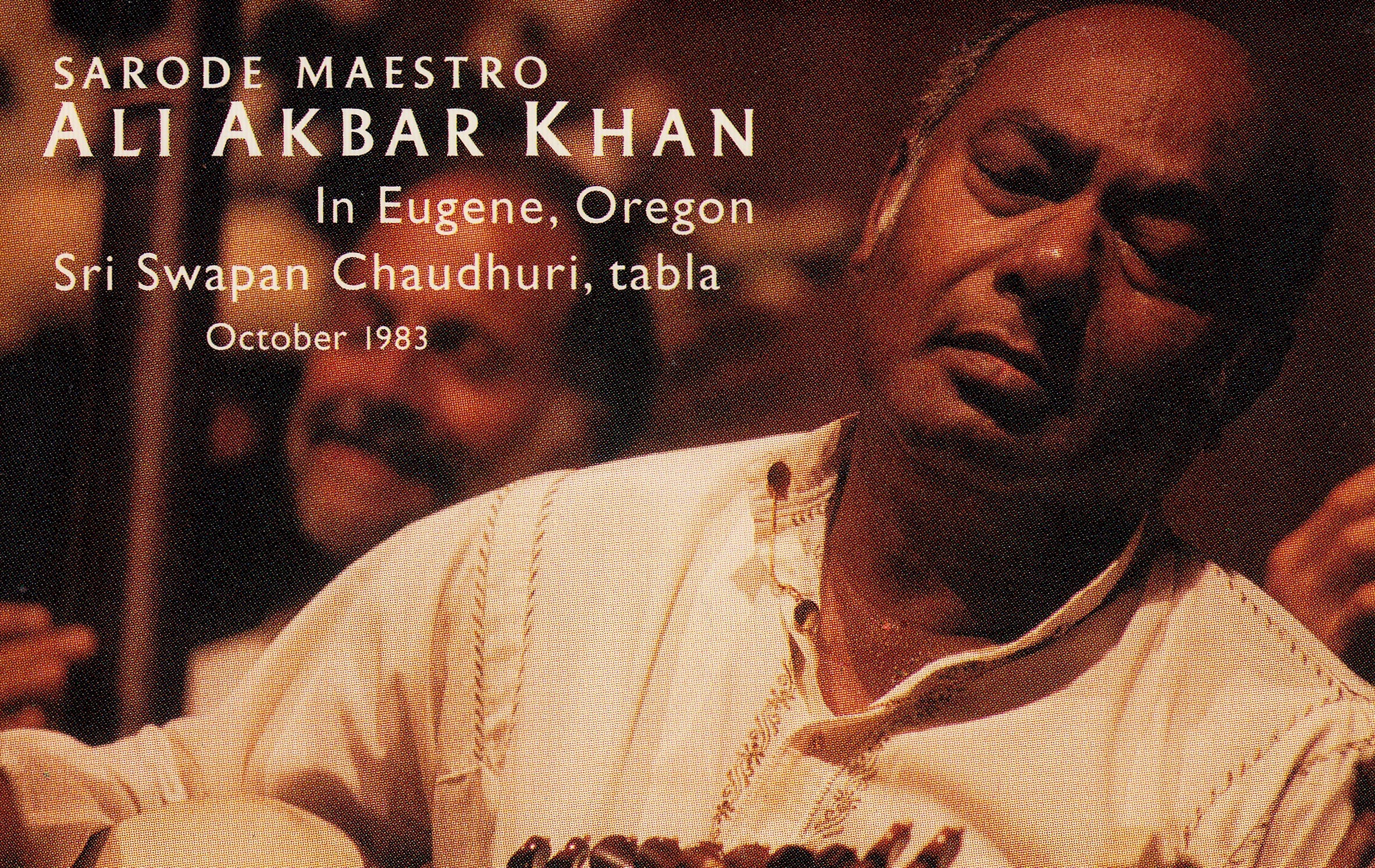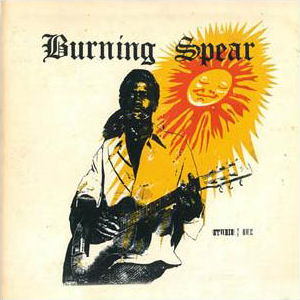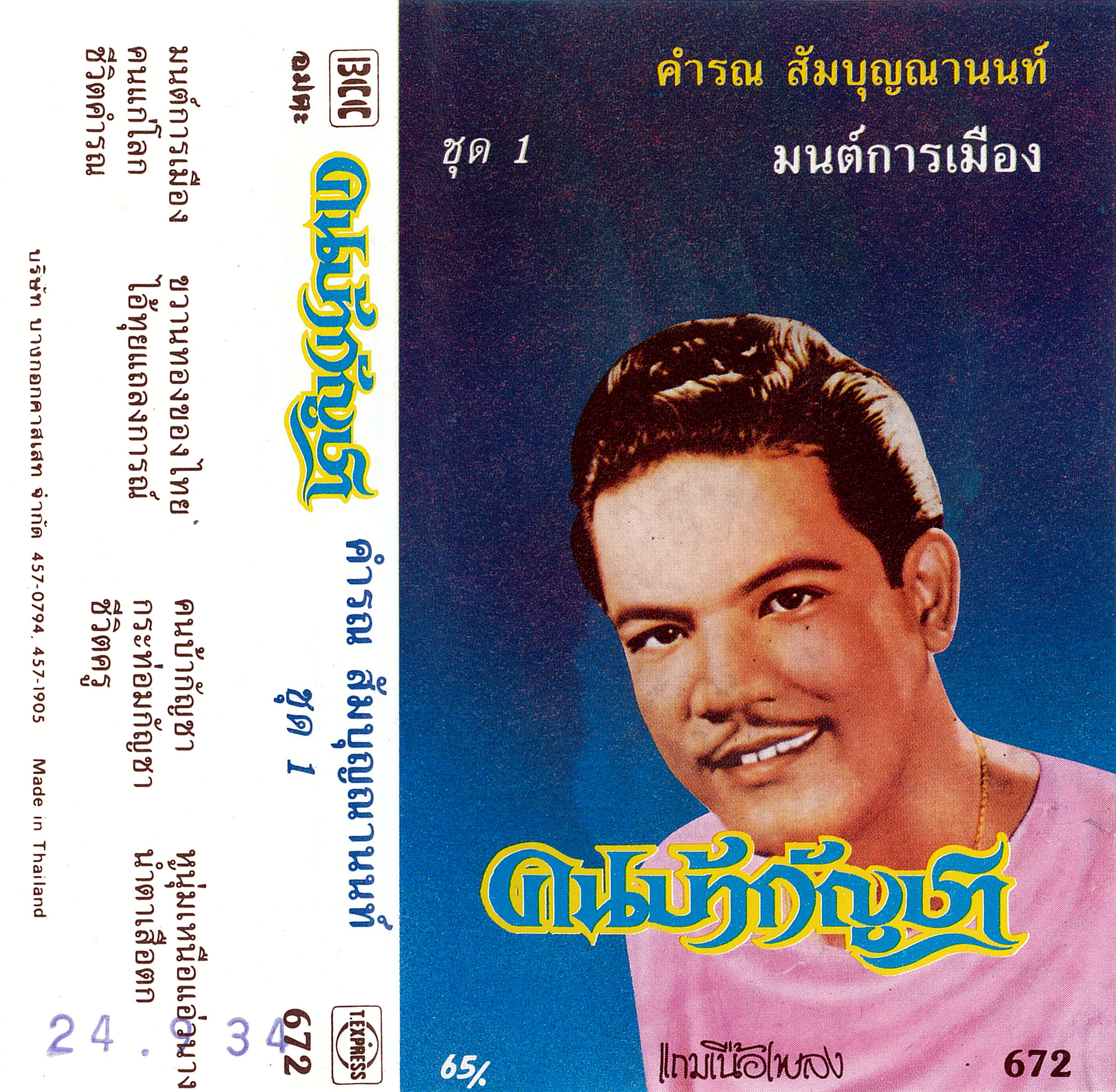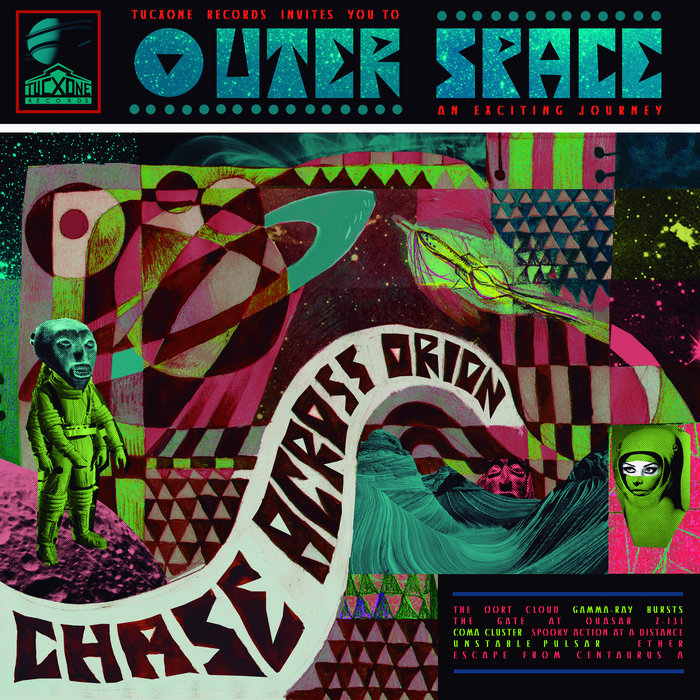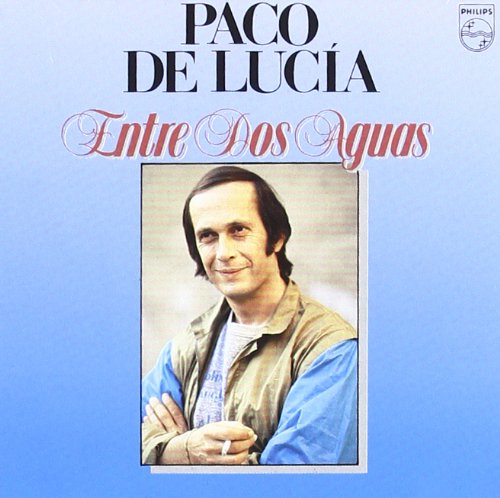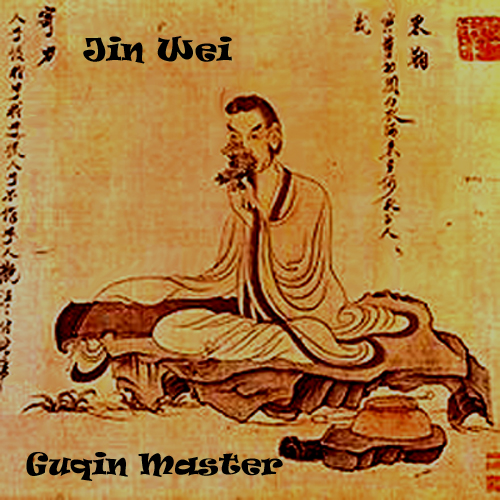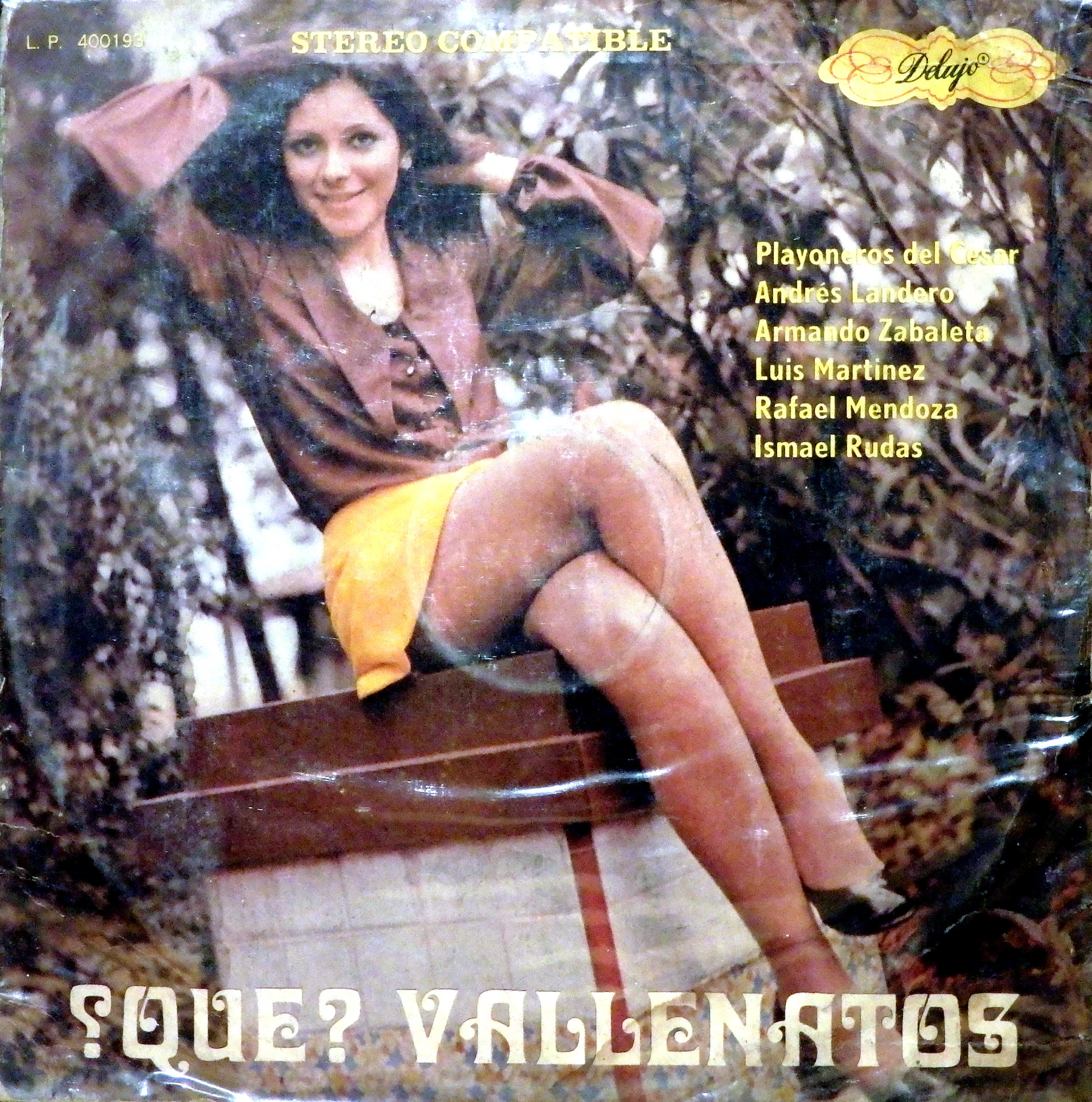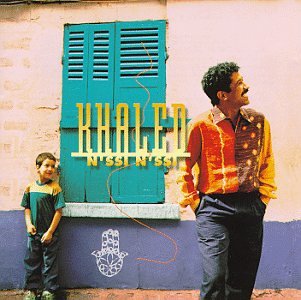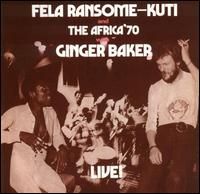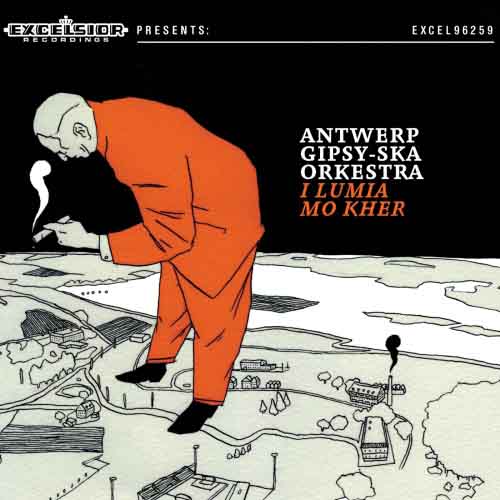Episode 49
Episode 49 originally posted on May 13, 2019.
Tracklisting:
01) “Kori” by Babatunde Olatunji.
From the 1988 album Drums of Passion: The Invocation.
Ajido, Nigeria.
According to the Wikipedias: “Babatunde Olatunji (April 7, 1927 – April 6, 2003) was a Nigerian drummer, educator, social activist, and recording artist.
02) “Onikoyi (Warrior King)” by Skata Vibration.
From the 2019 album Wuta.
Lagos, Nigeria.
The group’s Facebook page says that “Skata Vibration is an afro psychedelic rock band from Lagos, Nigeria.”
03) “Lugovoy” by Kedr Livanskiy.
From the 2019 album Your Need.
Moscow, Russia.
Pitchfork says: “The Moscow producer Yana Kedrina put out two EPs and a full-length in the span of three years.”
04) “El Pirata” by Tarkus.
From the 1971 album Tarkus.
Lima, Peru.
Wikipedia says: “Tarkus was a band Peruvian Argentina of hard rock formed in 1972 in Lima , Peru . It was integrated by the Peruvians Alex Nathanson in guitar and voice, Walo Carillo in drums, both coming from the band Telegraph Avenue and the Argentines Guillermo Van Lacke in bass and Dario Gianella in guitar.”
“Not to be confused with the Peruvian TARKUS of the 1970s, this Brazilian group with the name TARKUS started in November 2000 as a Progressive Rock band in São Paulo, Brazil. The music is based on the traditions of the progressive bands of the '70s. The songs on their first album were performed in English but their latest songs are in Portuguese. TARKUS is not an ELP tribute group, but the name was chosen in homage to the second ELP album.
Purchase the album at Bandcamp.
05) “Depth Charge” by Keith Hudson.
From the 1974 album Pick A Dub.
Kingston, Jamaica.
The Wikipedias tell us: “Keith Hudson aka the "Dark Prince of Reggae" was a Jamaican reggae artist and record producer. He is known for his influence on the dub movement.”
Purchase Keith Hudson’s music at Amazon.
06) “Los Angeles” by The Shaolin Afronauts.
From the 2012 album Quest Under Capricorn.
Adelaide, South Australia.
The group’s Facebook page describes them as “Interstellar futurist afro-soul,” and the Wikipedias tell us “The Shaolin Afronauts are an Adelaide-based instrumental afrobeat band[1] that is styled after Fela Kuti's Africa 70 band and Sun Ra. Their music incorporates elements of avant-garde jazz, soul and traditional African and Cuban percussive rhythms.”
Visit the group’s Facebook page.
07) “Dors” by Charles Aznavour.
From the 1963 album Qui?
Saint-Germain-des-Prés, Paris, France.
Wikipedia tells us that Charles Aznavour
“(born Shahnour Vaghinag Aznavourian, Armenian: Շահնուր Վաղինակ Ազնավուրյան; 22 May 1924 – 1 October 2018) was a French-Armenian singer, lyricist, and diplomat. Aznavour was known for his distinctive tenor voice: clear and ringing in its upper reaches, with gravelly and profound low notes. In a composer/singer/songwriter career spanning over 70 years, he recorded more than 1,200 songs interpreted in nine languages. Moreover, he wrote or co-wrote more than 1,000 songs for himself and others.”
We invite you to continue your musical exploration by visiting the map of where each artist is from. This week’s artists are represented by blue colored map-points. To see previous weeks, episodes and artists, visit here.


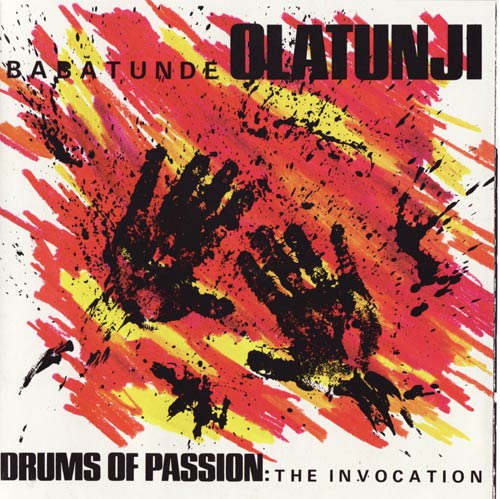
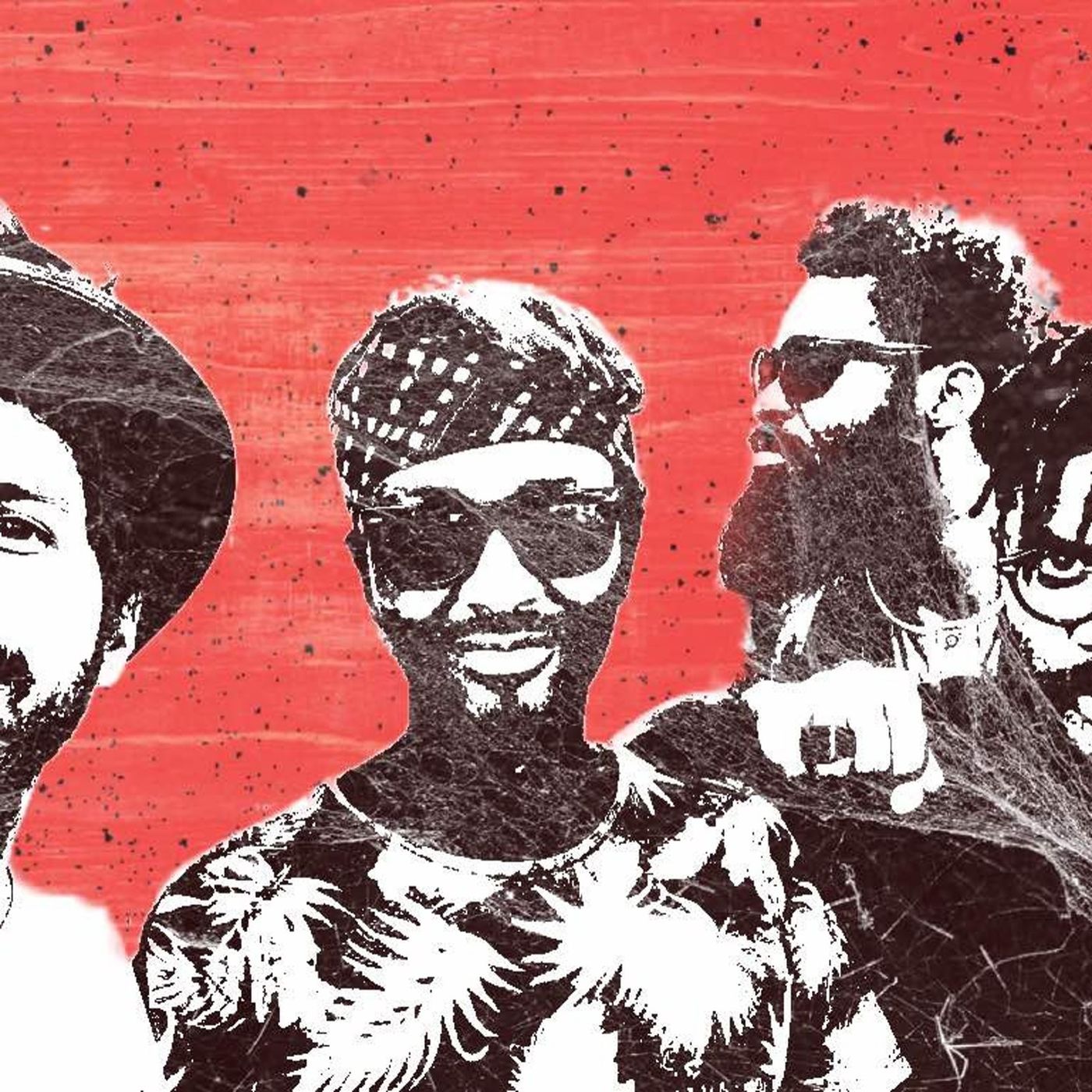
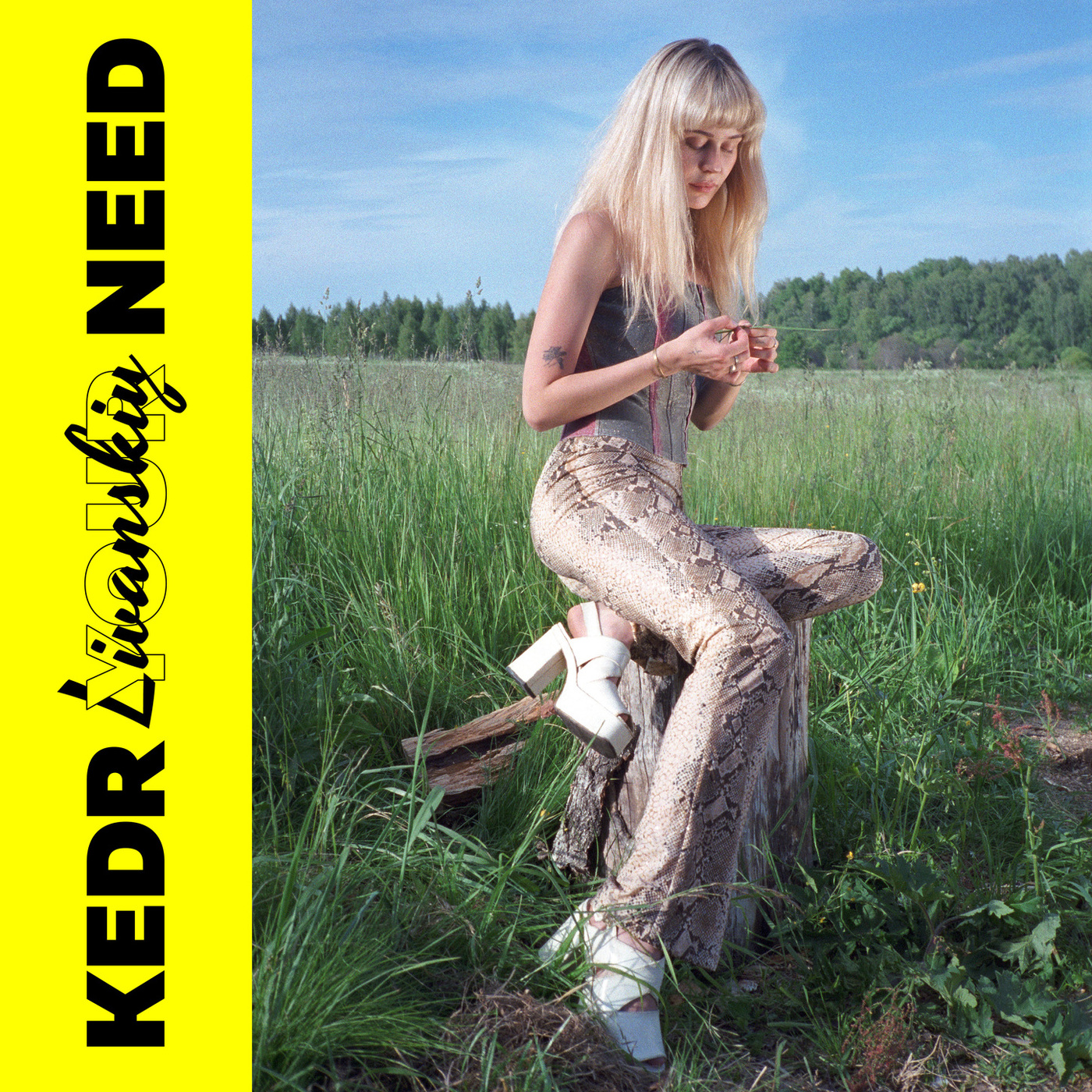
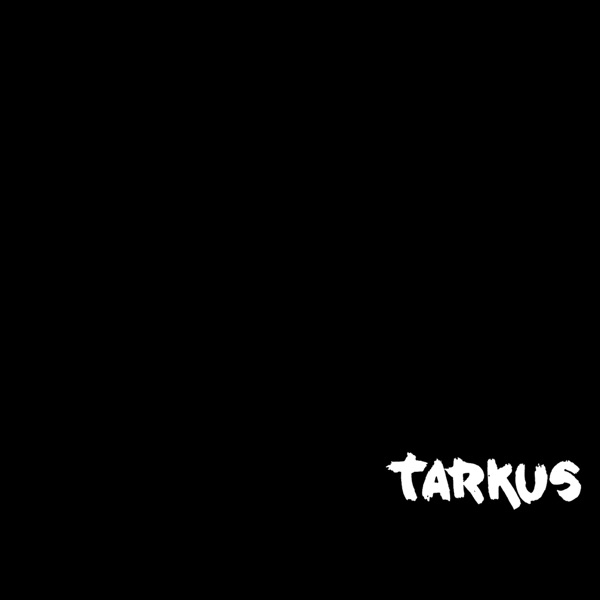
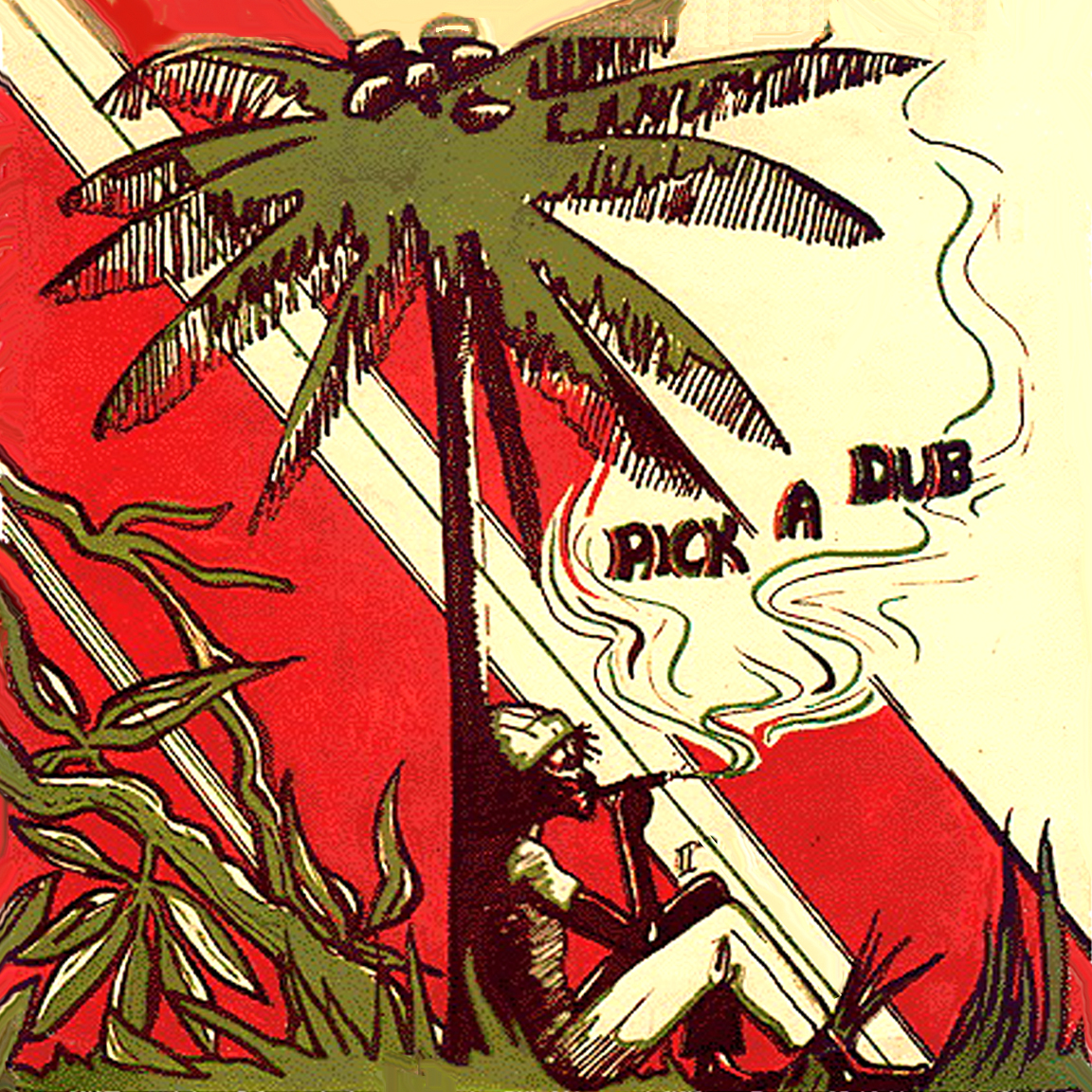
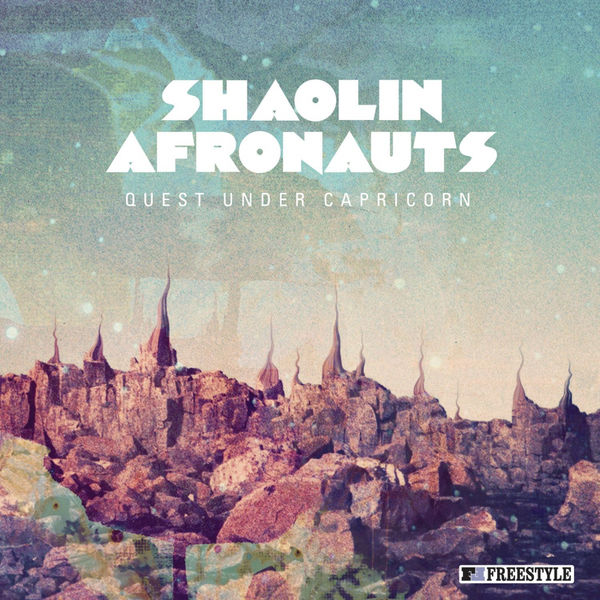
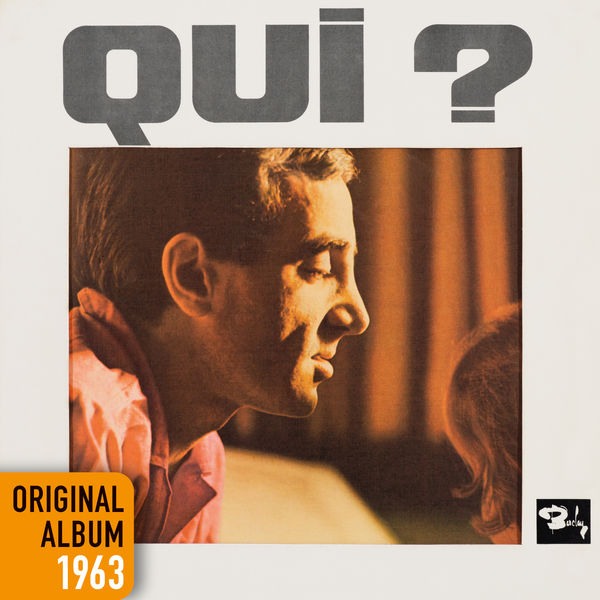








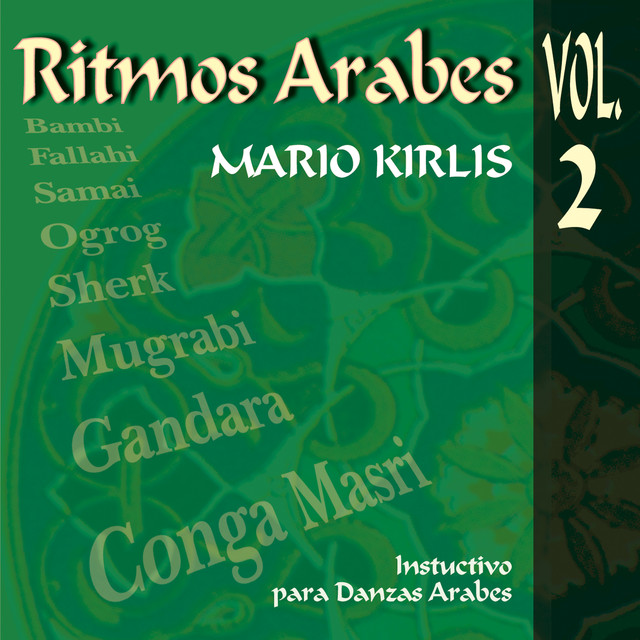
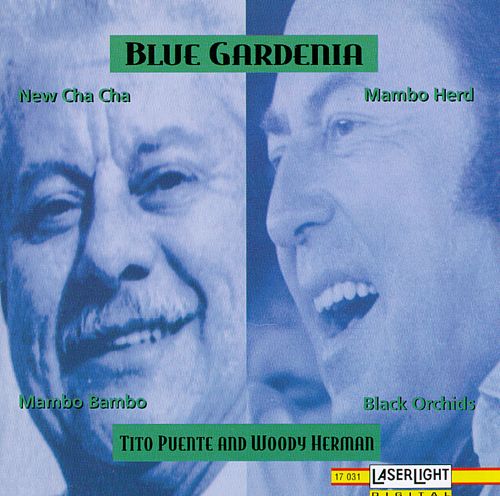
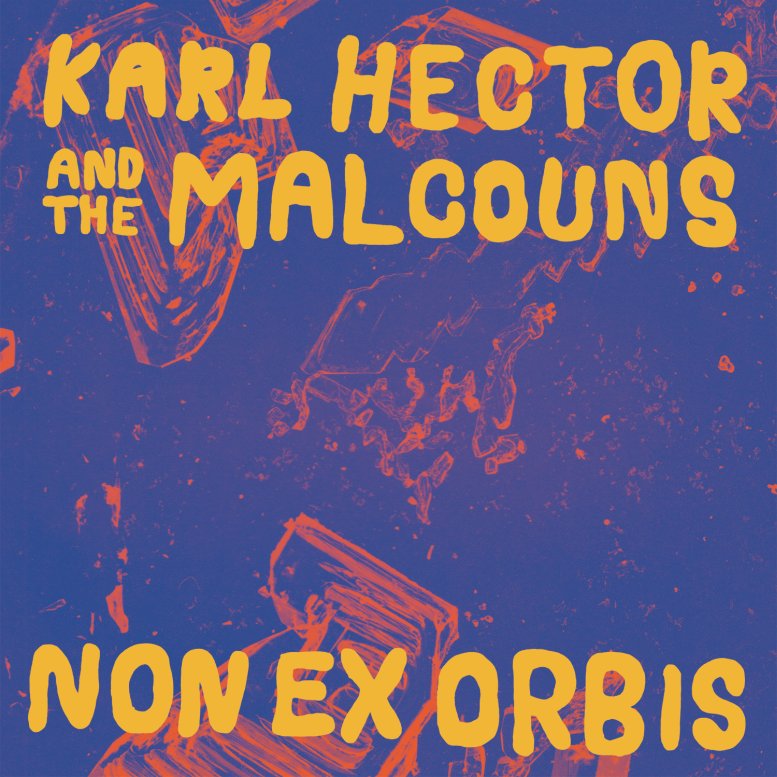
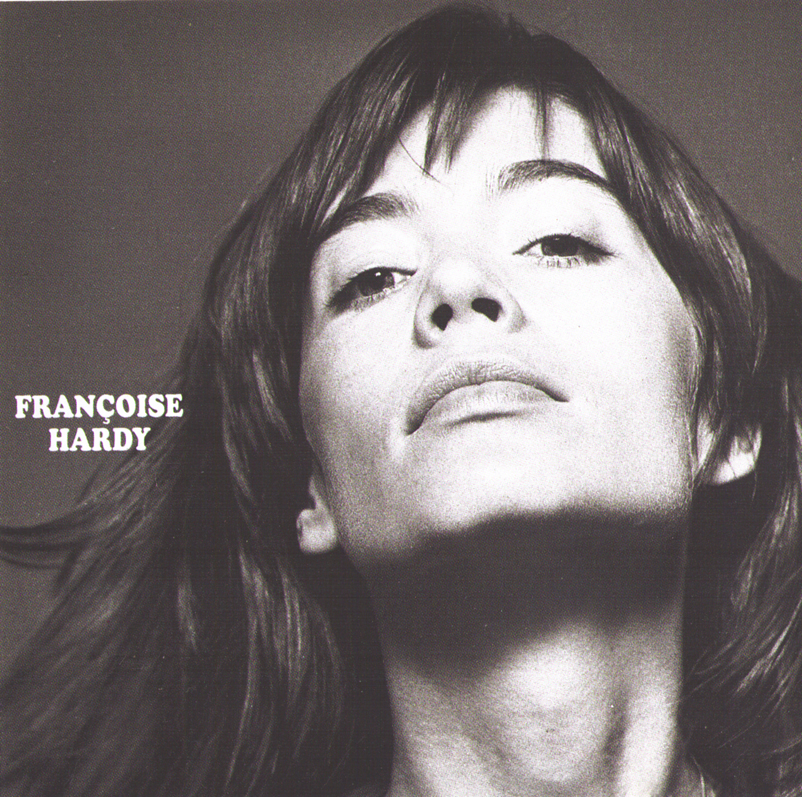
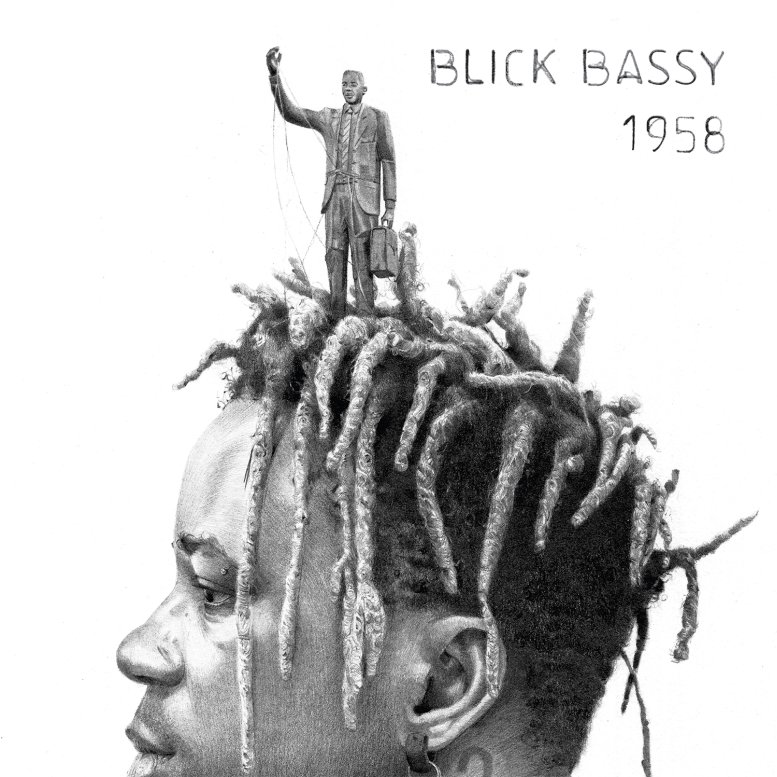

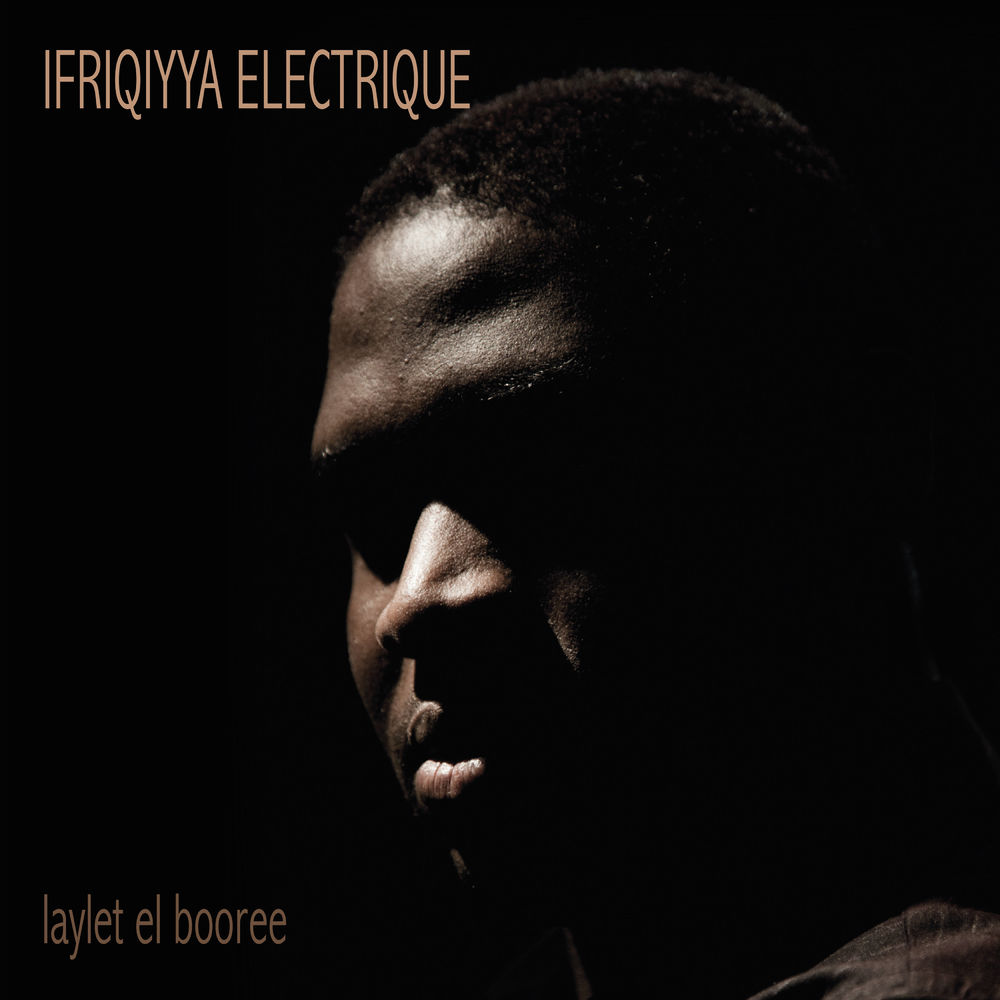








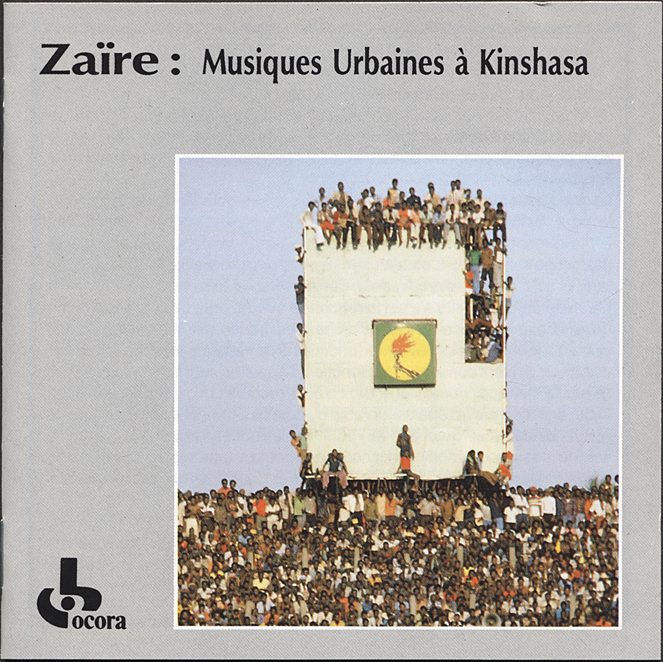
![02 ]The Best Of Jackie Opel [Studio One].jpg](https://images.squarespace-cdn.com/content/v1/5d275a9d176d030001f306ed/1565455051775-CW4ORAXRIHWMTAKODGMS/02+%5DThe+Best+Of+Jackie+Opel+%5BStudio+One%5D.jpg)
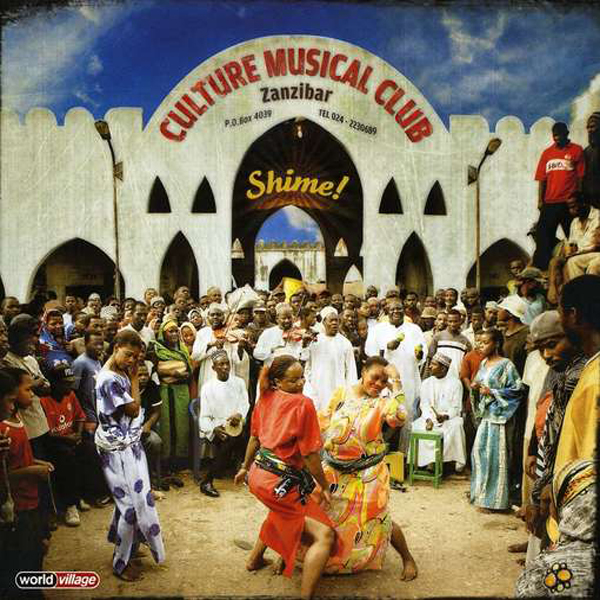
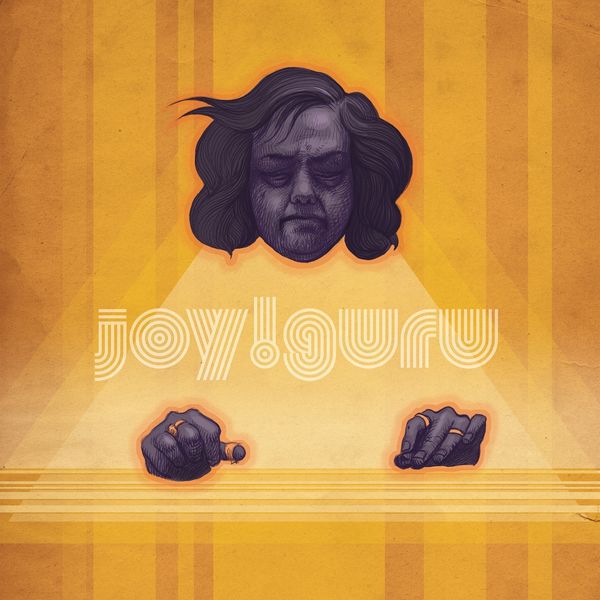
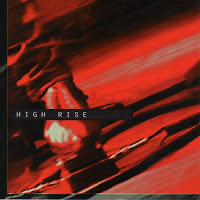

![02 ]The Best Of Jackie Opel [Studio One].jpg](https://images.squarespace-cdn.com/content/v1/5d275a9d176d030001f306ed/1565455109366-P7RSB0A8LW1VW1PMAECB/02+%5DThe+Best+Of+Jackie+Opel+%5BStudio+One%5D.jpg)






